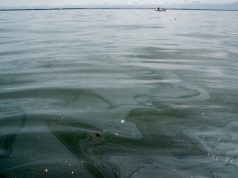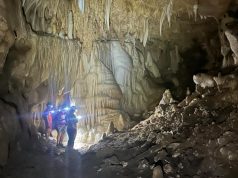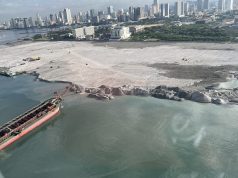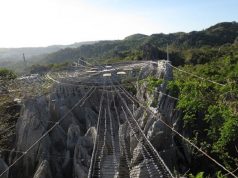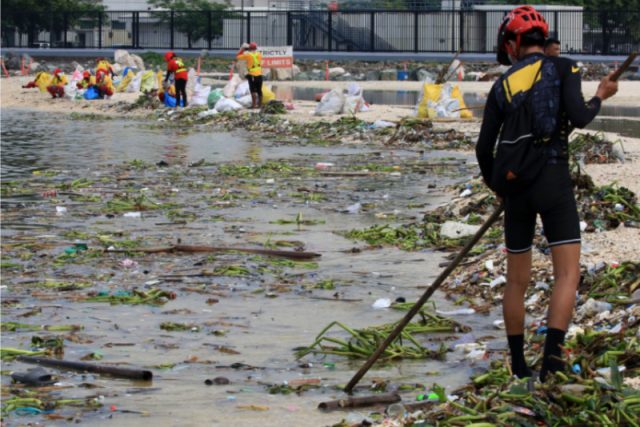
Photos of the dolomite beach being covered in washed-up garbage prompted users to recall the amount of money allocated to develop the place.
Based on reports, government agencies and volunteer groups have been conducting cleanup drives along the coast of Manila Bay, including the beach, in the past weeks.
Previous typhoons and the monsoon rains left swathes of debris along Manila Bay’s coastlines and surrounding communities.
Photos of the Manila Baywalk Dolomite Beach covered with heaps of garbage caught the attention of some social media users.
They expressed dismay over how much budget was allocated to develop it in 2020 amid the surging COVID-19 cases at that time.
“That will triple or quadruple when they build their private cities on reclaimed land which would have no way of getting rid of garbage except to dump it into the Manila Bay,” said award-winning writer Ninotchka Rosca.
“Sayang ang pera sa ginastos na dolomite,” one user said.
“This only means that dolomite beach is such a waste of money. Definitely not the best solution to clean Manila Bay. It was all artificial. It was never a solution,” another user commented.
Other users also criticized the lack of discipline of people on proper waste disposal.
“Kailan kaya magkakaroon ng totoong disiplina ang karamihan sa mga Pilipino, parang ayaw nila ng maayos at malinis na kapaligiran,” one user said.
A Facebook user, meanwhile, suggested planting mangroves instead.
“Would it be possible to plant mangrove trees in the area, instead of continuously adding dolomite sand?” the user said.
The controversial tourist spot has not been faring well after more than a year since the government opened it to the public.
As seen in videos of the place in 2021 and 2022 posted by different sources, the water has been dark or murky.
READ: Fact check: Photo of Manila Bay dolomite beach, murky waters is true to life
The dolomite beach also gets contaminated with piles of waste materials scattered across the shore during bad weather days.
This artificial land was developed in September 2020 as part of the Department of Environment and National Resources’ plan to revive the Manila Bay Rehabilitation Program, which was launched in 2017.
The project costs a hefty P349 million.
It was launched amid the worsening health crisis and the skyrocketing COVID-19 cases in the country.
Environmental groups have also decried the environmental risks of pulverized dolomite rocks at the already-contaminated bay.
Despite heavy backlash, the government pushed through with the initiative to open it to the public as a tourist attraction.
In May 2021, the DENR also announced its plan to spend another staggering P265 million for the second phase of the “beach nourishment” project.
The white sand beachfront is currently open to the public every day from 6 a.m. to 6 p.m.





